Group B, Group S and Three Never-Raced Prototypes
As speeds became too dangerous, the FIA was looking to limit the risk of dying.
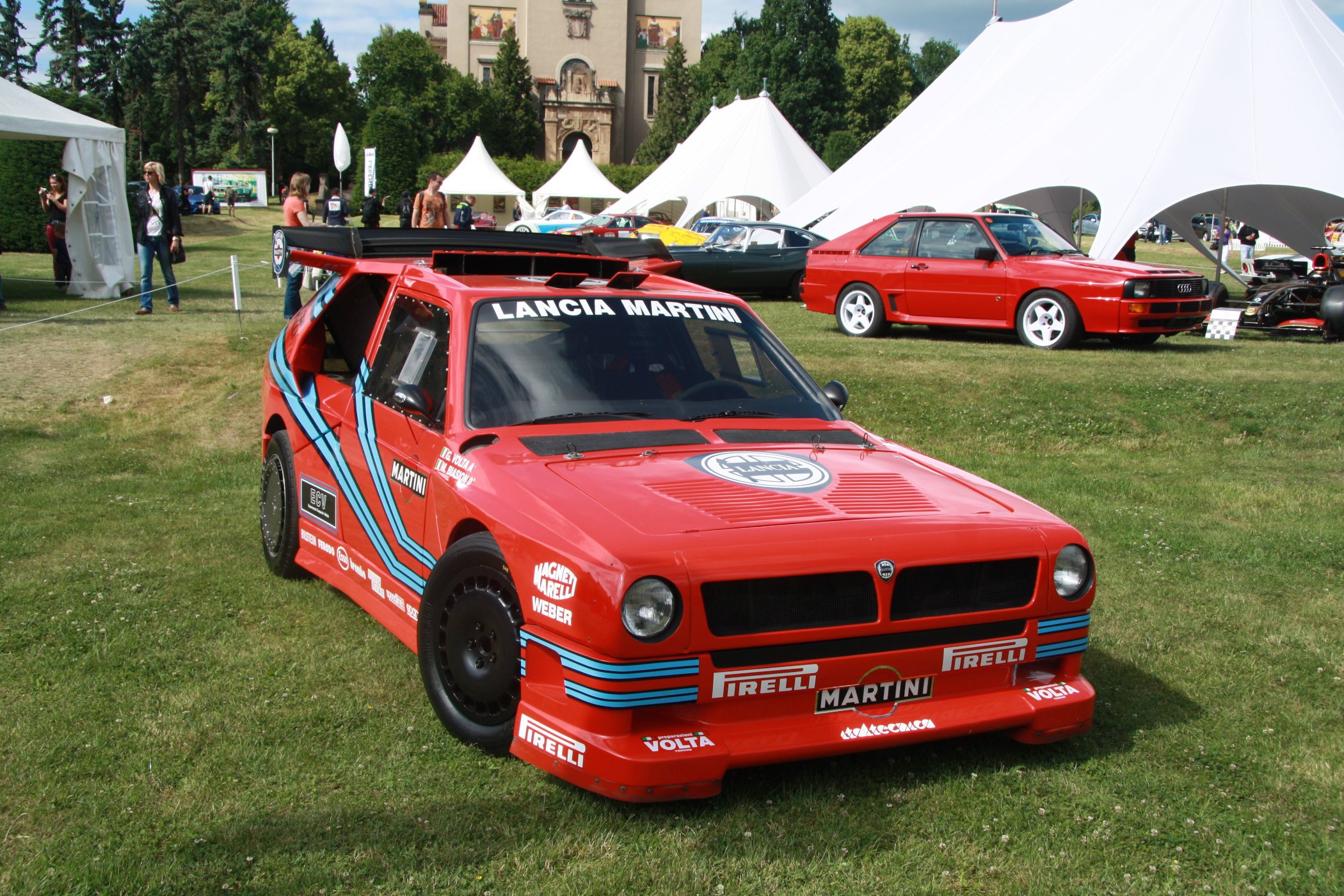
In the world of motorsports, every loss of life is tragic. And for decades this was very much a real-life, ever-present element in any form of racing. Countless drivers lost their lives trying to push their cars to the very limit. Ever-increasing speeds, ever more complex cars, ever more spectators brought along immense risks. Thankfully, those days are far behind us and a fatality in racing is very rare. Nevertheless, there are incidents that caused far more than the death of a driver, and maybe even spectators. Some crashes killed off entire racing teams or even championships. And today we look at three cars that fell victim to such cancellation before they even had a chance to roar.
Group B turns into Group S
For those with even the slightest interest in racing and rallying, Group B will stand out as perhaps the most insane era in the World Rally Championship’s history. It was the era of incredibly powerful machines, specially developed to blitz across tarmac, gravel, dirt, snow and ice. Even today, people born well after the Group B era came to an end are infected with it. Just check out the countless tribute clips available on YouTube, such as this one:
Group B was the successor to the Group 4 rally championship, sanctioned by the FIA. It ran only for a couple of years between 1982 and 1986 and attracted some of the biggest names in the sport. Both drivers, copilots and manufacturers for that matter. The likes of Walter Röhrl, Juha Kankkunen, Henri Toivonen, Stig Blomqvist and Ari Vatanen battled it out in monstrously powerful machines made by Audi, Lancia, Peugeot, Ford and others.
Group B had quite a loose set of rules and allowed for some radical technological innovations to be introduced. Of each competing car, 200 road-going variants had to be built (the homologation special). Weight was kept to a minimum, and there was no limit on the boost-pressure engines could run at. Prior to Group B, rally cars under FIA regulations produced around 250bhp, but under new Group B rules, that quickly shot up to 600bhp or more.
The governing body thought things were getting out of hand and, backed by a number of serious incidents where drivers and spectators were killed and/or injured, Group S was drawn up. This was meant to replace Group B rallying and regulate the power to a maximum of 300bhp. The number of cars required to build was dropped, and technological freedom was relaxed even further to promote true innovation to the level four-wheel drive had brought to the sport.
Not meant to be
Group S was destined to take over in the late eighties but was never meant to be. From early on, it was Audi and Lancia who dominated the sport. Just a few years prior to the introduction of Group B, Audi would introduce the Quattro four-wheel-drive system to rallying, and it blow the competition out of the water. Only Lancia was able to push back, with the light and nimble 037. Although the Audi’s were quicker on loose surfaces, the Lancia proved formidable on the tarmac. In Group B’s inaugural year of 1983, Audi won the driver’s title with Stig Blomqvist while Lancia won the constructor’s championship. Jeremy Clarkson paid tribute to this iconic duel.
A year later, Audi dominated throughout the season and took both titles. The Audi Quattro would prove unbeatable on pretty much any road surface. Competitors would need to up their game to stand even the slightest chance to win, which they did for the 1985 season. Lancia introduced the Delta S4 to replace the now struggling 037, Peugeot introduced the 205 T16 and Renault fielded the Renault 5 Maxi Turbo. The lighter and more nimble Peugeot beat the all-conquering Audi’s for the 1985 championship, and the future looked bright for the French team for the next year.
1986 would prove to be a disastrous year for Group B though, as there were several major incidents. This year, Audi would bring the short-wheelbase Quattro S1, Peugeot ran the 205 T16 E2, Lancia had the Delta S4, Ford introduced the RS200 and the MG Metro 6R4 also made its debut. All of these cars would prove detrimental to Group B’s legacy.
It would also be the year everything would go horribly wrong, as there were several big incidents involving spectators. The first decisive incident happened during the Portuguese Rally, where Portuguese driver Joaqim Santos lost control of his Ford RS200 and veered off into the crowd, killing three people and injuring 31 more. All teams immediately withdrew from the event.
The next event where disaster would strike was the 1986 Tour de Corse, where ace rally star Henri Toivonen crashed his Lancia Delta S4 and plunged down the side of a hill. The car burst into flames as the fuel tanks ruptured, killing both Toivonen and his copilot, Sergio Cresto. A crash that involved F1 star Marc Surer driving a Ford RS200, in which his co-driver was killed led the FIA to ban all Group B cars for the following year, with Audi withdrawing immediately.
This would be the proverbial nail in the coffin for not only Group B, but also its successor, Group S. Not only did FIA ban Group B cars, it never continued the development of Group S regulations and instead turned to Group A, which fielded cars that were tightly restricted and a lot less powerful. The cancellation also meant that several cars that were already built specifically for Group S never had the chance to race, effectively rendered dead on arrival.
Lancia ECV & ECV II
From the outside, the Lancia ECV might not look that much different to the Lancia Delta S4 and in essence that’s very much true. The Lancia ECV was an evolution of the Delta S4’s concept. The ECV abbreviation stands for Experimental Composite Vehicle, which immediately hints at what it was all about. As competition from the likes of Peugeot, Ford and of course Audi grew stronger, the ECV was set to replace the Delta S4.
Underneath was a new type of 1.8-litre twin-turbocharged inline-4 engine producing over 600bhp. The engine was rather unusual as it had crossing valves on either side of the cylinders so each turbo had its own manifold. The car made extensive use of aluminium, Kevlar and carbon fibre to improve rigidity and reduce weight. As a result, it only weighed 930 kilograms. The updated body shell was fitted with ground-effect skirts to increase aerodynamic performance. Power from the engine would be cut to half the original output if Group S would have become the new standard in World Rally Championship.
The only ECV built was eventually “sacrificed” to build the ECV II (see below), which took the idea of the ECV much further. It relied on the same chassis and engine setup but used a heavily modified body to try and drastically improve the aerodynamic performance. Neither car would ever run an official race and would be relegated to mere monuments of what could have been. Years down the line, using original components, the Lancia ECV would be rebuilt and is occasionally shown to the public.
Toyota MR2 222D
Toyota has a long history in the world of rallying as well, winning multiple champions throughout all the years of contention. Of course, there’s the infamous season in which they were caught cheating, but even before that, the Japanese manufacturer was very active in the off-road world.
The Toyota 222D was derived from the small first-gen MR2 coupe Toyota built between 1984 and 1989 but shares only the basic design and a limited number of components. It has a lightweight spaceframe chassis and a hugely powerful engine stuffed in the back. The body looks like something out of a 1980s Hollywood blockbuster, like Terminator or Robocop.
https://youtu.be/37GxPdMgs6o
The engine, a turbocharged 2.0L inline-4 produced a staggering 600 horsepower, in a car that would weigh just 750 kilograms. The timing was all off for Toyota though, as the cancellation of Group B and Group S meant it never got past the prototype stage. According to the curator of the car you see in the images, John Daly, the 222D was awful to drive. It had huge turbo-lag, and pretty much did whatever it wanted to do without informing the driver. Over time, it could have been worked out and it could have been a formidable contender perhaps, but as we now know, that never happened.
Audi Quattro RS 002
The third and final car in today’s episode is the weirdly wonderful Audi Quattro RS002. This car was actually developed in secrecy, unbeknownst to Audi’s management. The team pulled out of the 1986 Rally of Portugal due to the tragic incident of Joaqim Santos, but allegedly it was also due to the increased competition from the likes of Ford, Peugeot and Lancia who all ran mid-engine cars as opposed to the front-engine Quattro’s.
The car developed by Audi Motorsport’s engineers was based on the Sport Quattro but with an engine in the back. It was tested in the Czech Republic, to avoid being discovered and stopped. Another test was scheduled, now with rally-ace Walter Röhrl, and would take place in Austria. The press found out about this, and the test was quickly relocated to Germany. There, a lone reporter spotted the car and took photos of it. As news broke, the Audi bosses found out and put a stop to it altogether. All but one prototype were destroyed.
And that one remaining car? Well, that’s the Audi Quattro RS 002 you see in the pictures. The oddly shaped machine resides in Audi’s museum in Ingolstadt nowadays and is in working, running order. It looks like nothing else on the planet and has a weirdly short build and a sleek aerodynamic profile ending with that huge rear wing. Similar to the Toyota and Lancia developed for Group S, the 2.1-litre five-cylinder engine in the Audi Quattro RS 002 produced well over 600bhp. It’s said that thanks to all that power and low weight, this car had the potential to crack 300kph. It’s utterly insane to think of rocketing along on dirt roads through crowds of people in a machine such as this.
Despite Group S never coming to fruition, we’re lucky these cars still exist today. Even though they never raced and had a chance to live up to their potential, they remain of historical importance and were a proving ground for technology.
Editorial Note: The various images of the Group B cars in the first section of this article are sourced from Top Gear. The images of the Audi RS002 prototype are sourced from CarPixel.net and Evo.co.uk. The Lancia ECV and ECV II images come from Wikimedia Commons, Veloce.it, RallyGroupBShrine, Reddit.com, and Autopassionata.it.

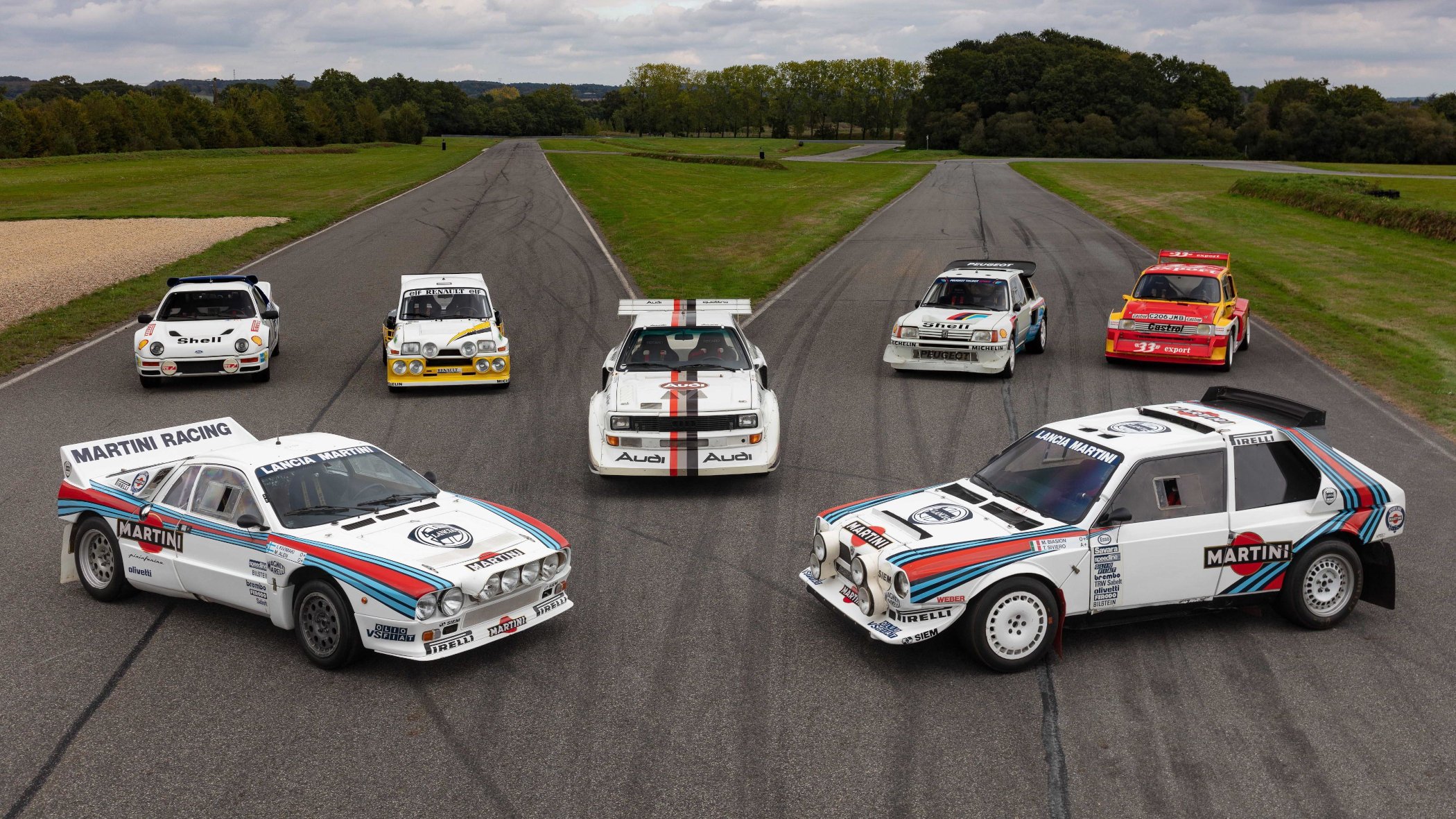
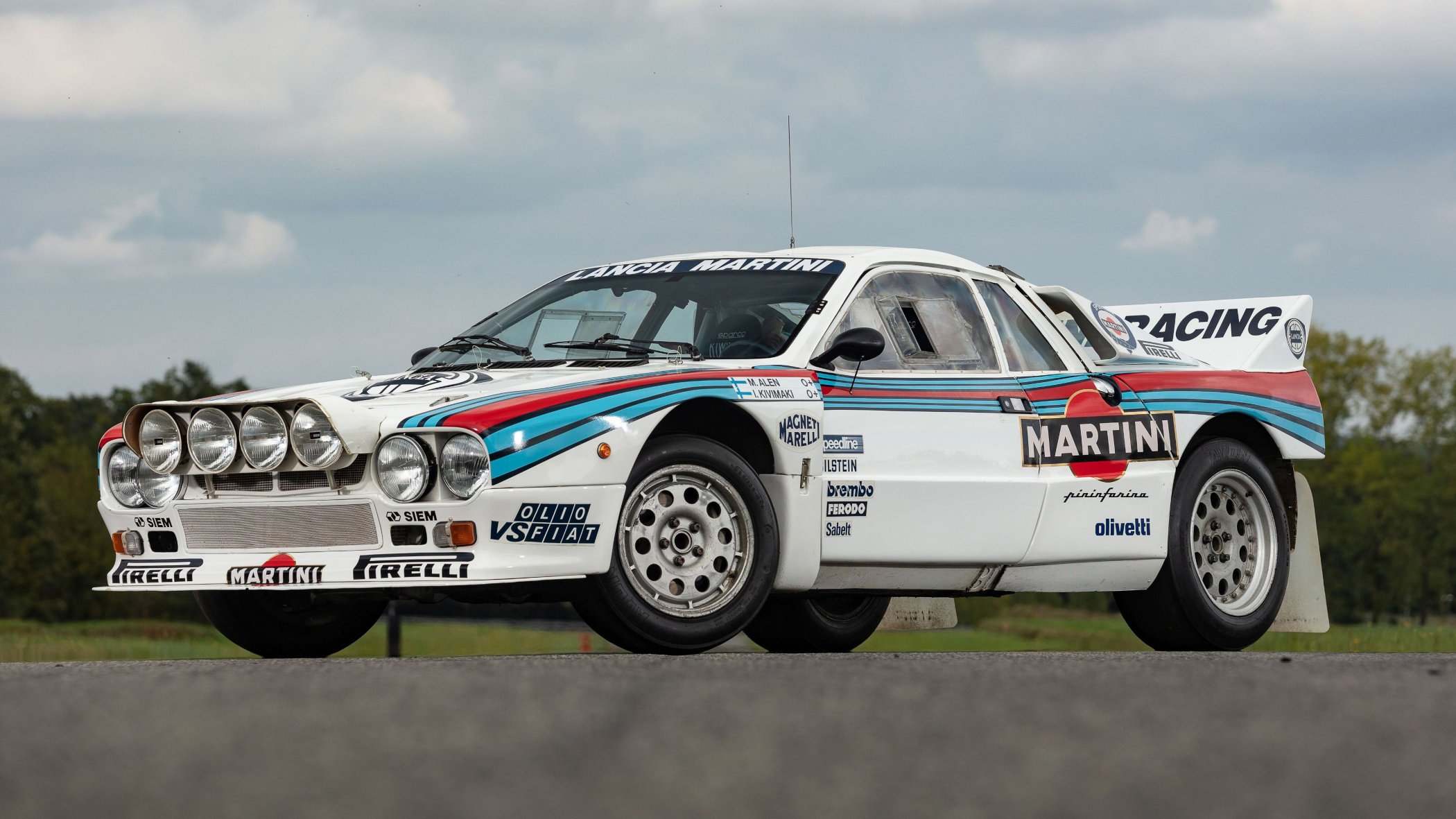



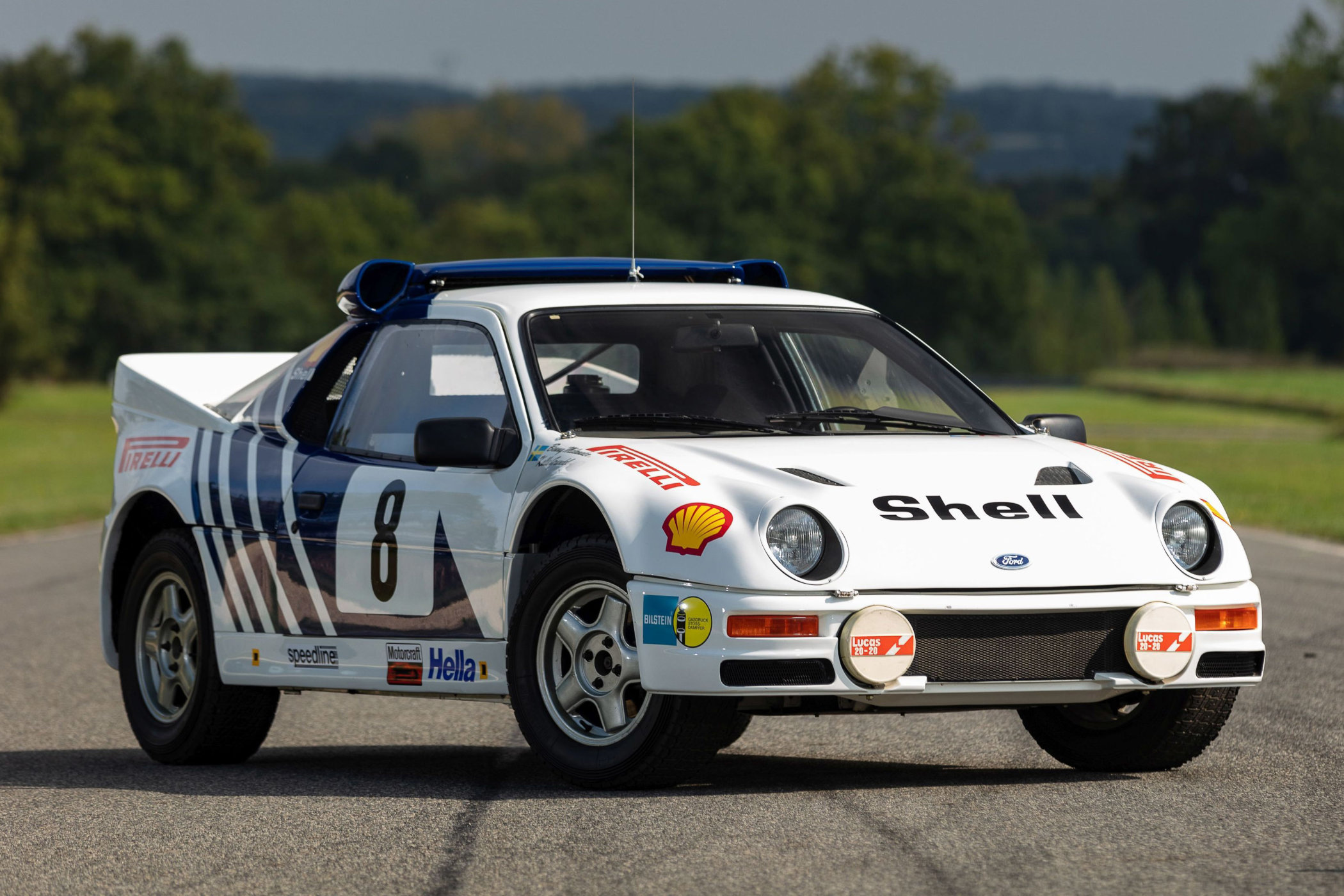
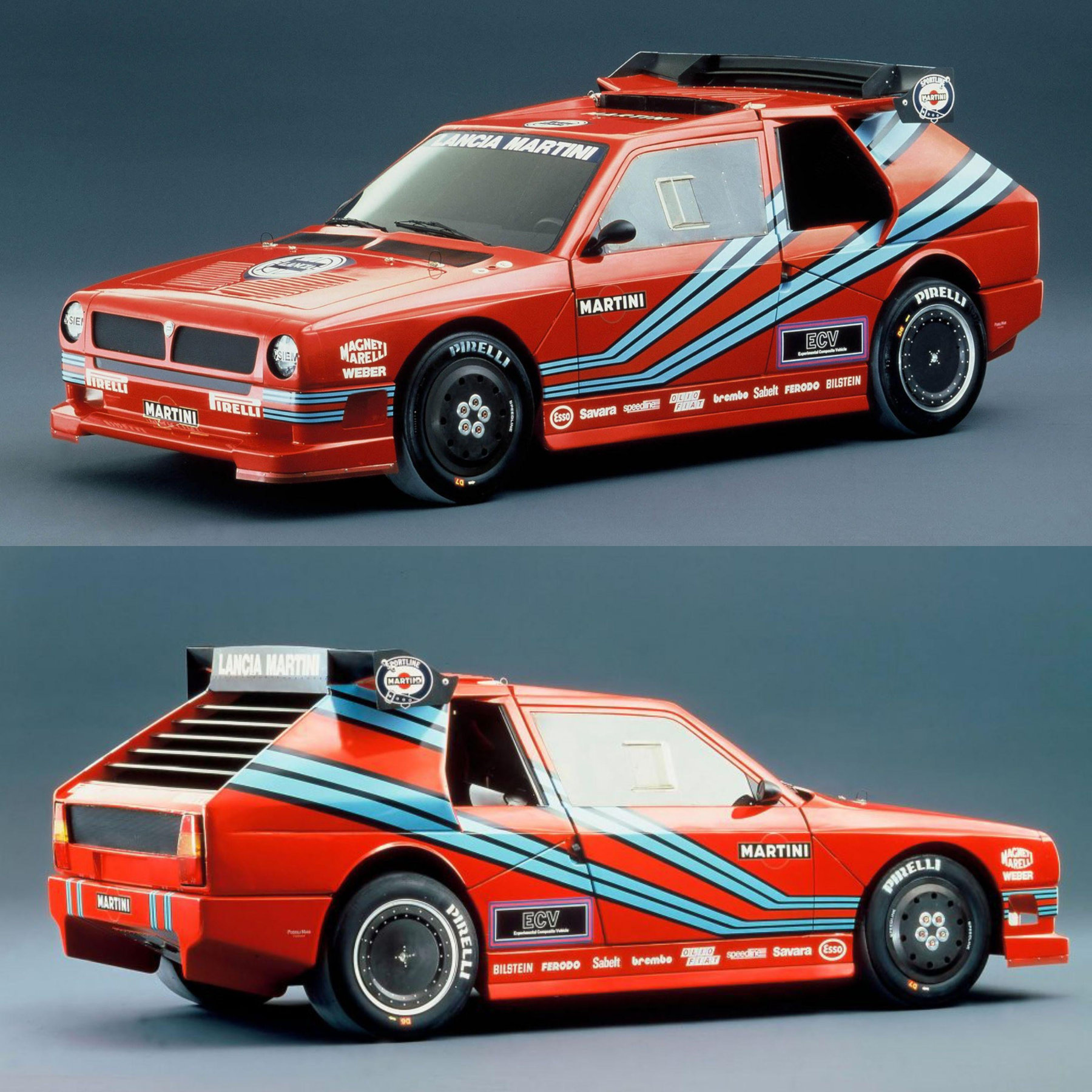

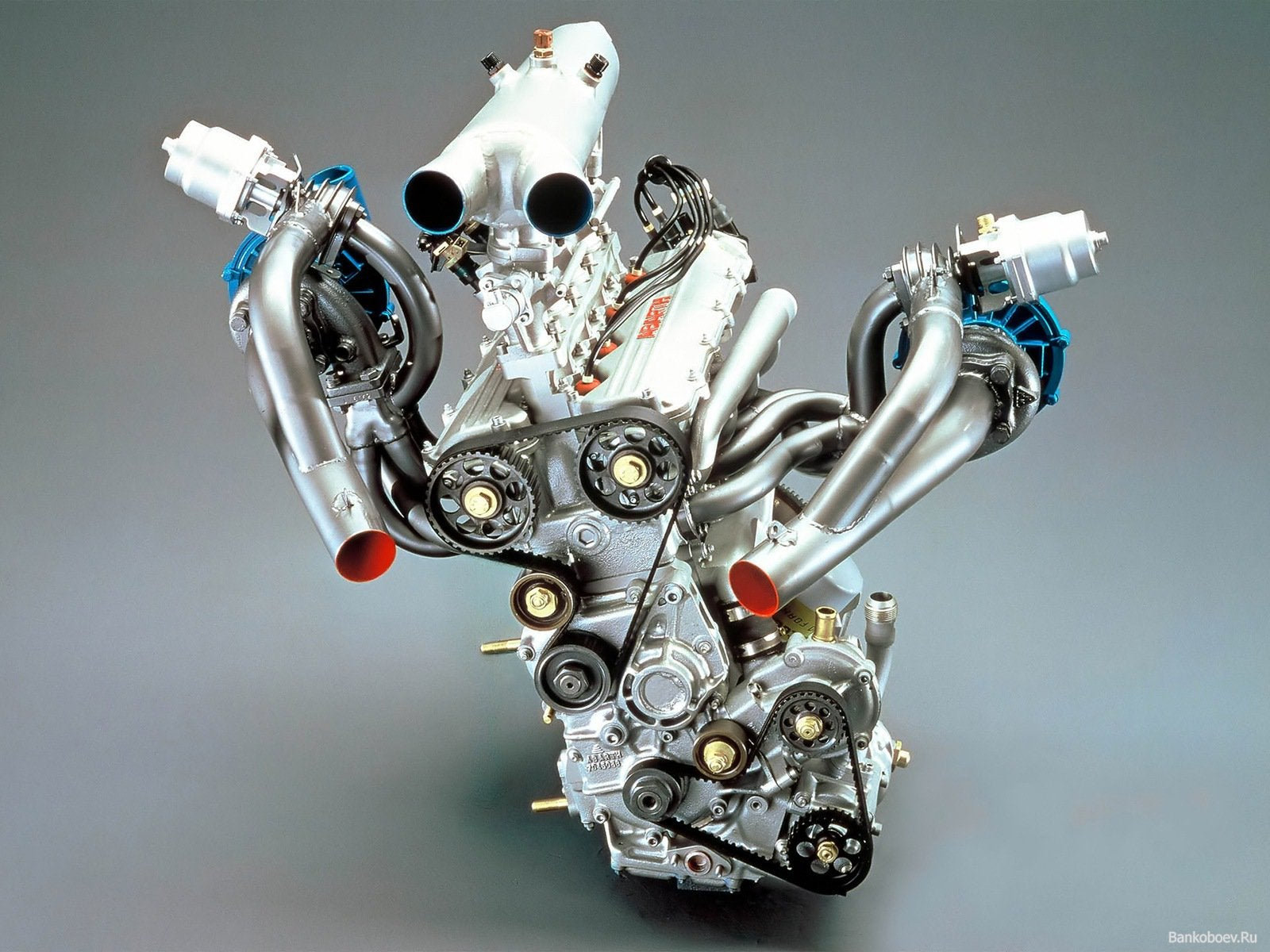
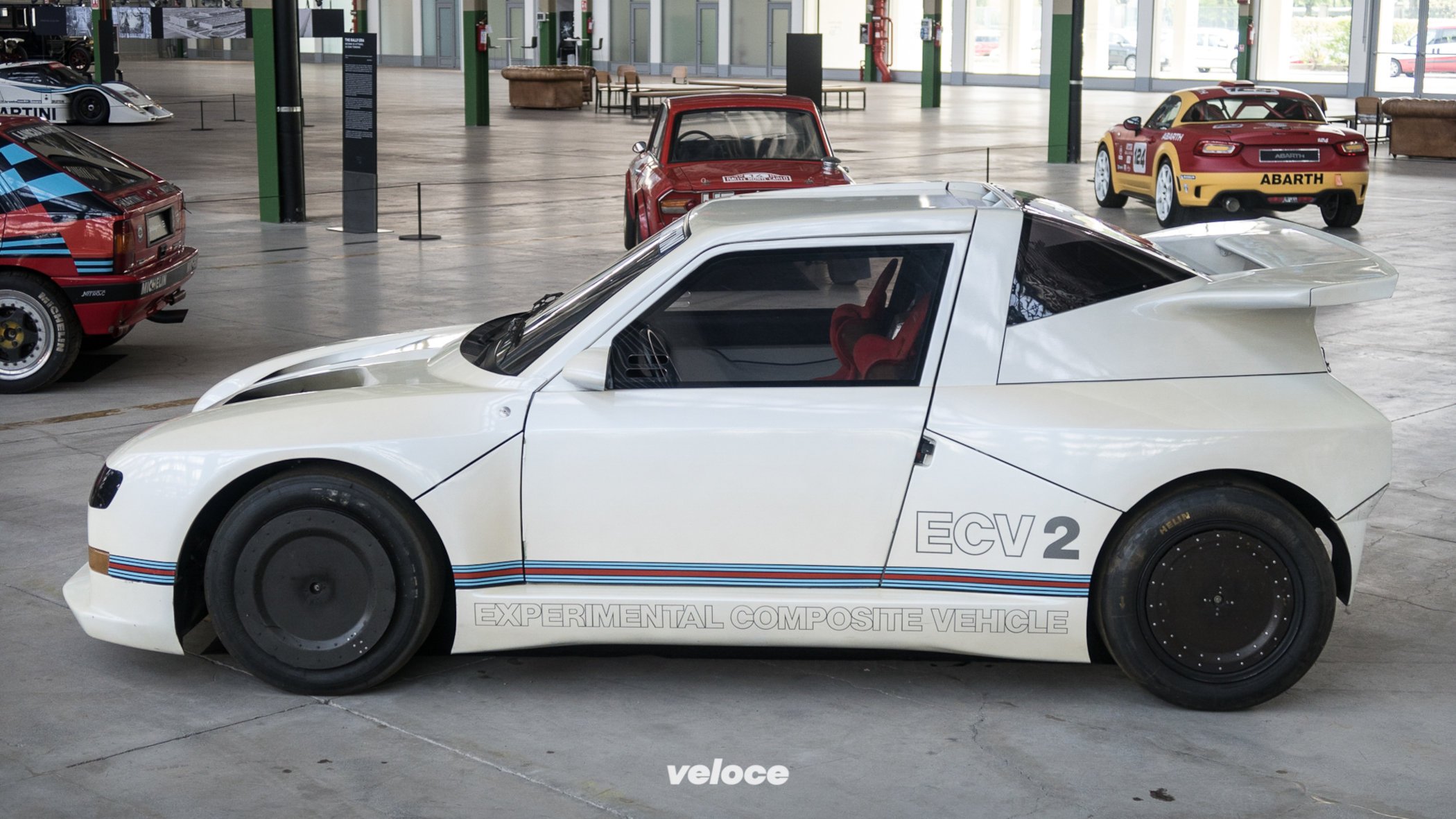
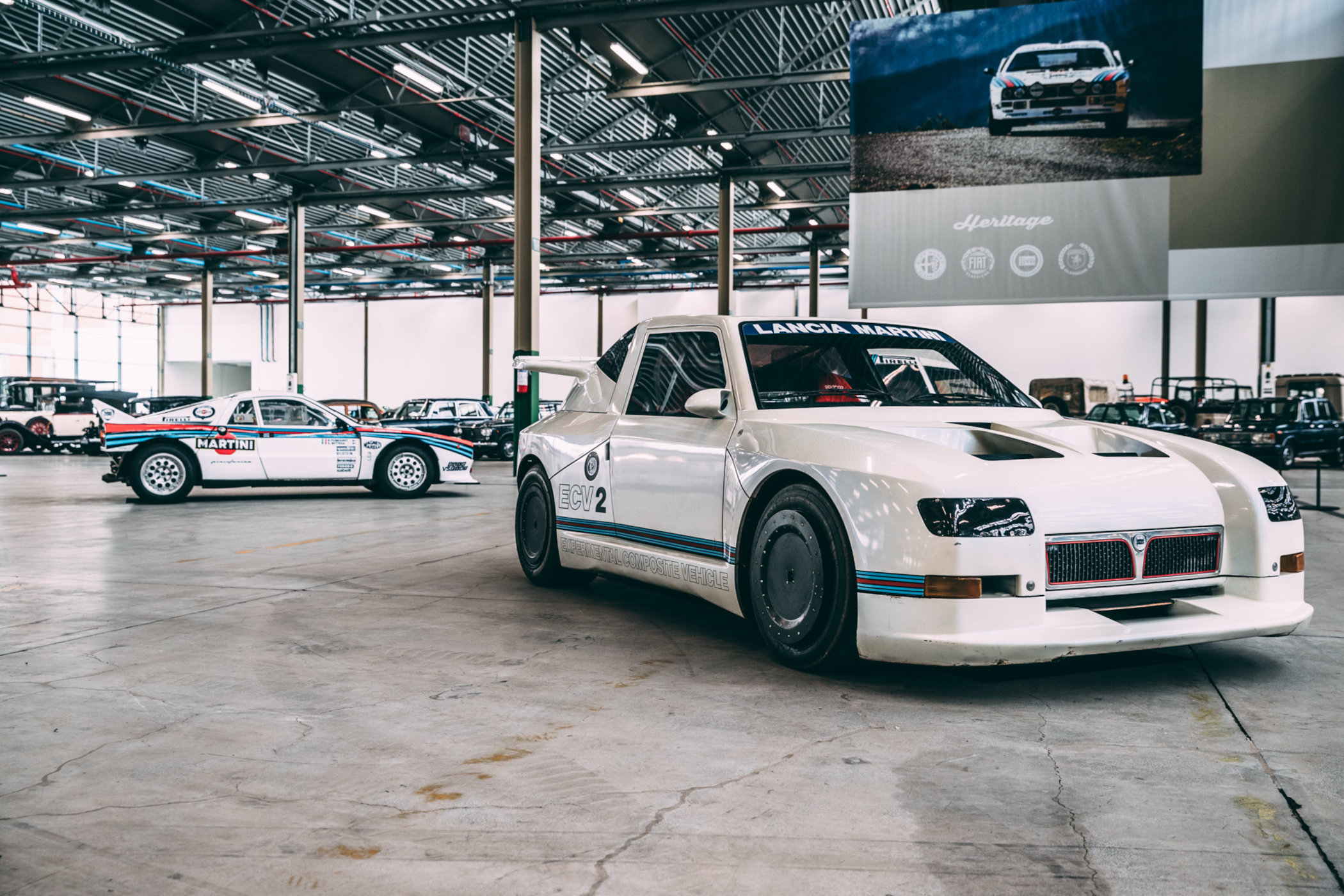
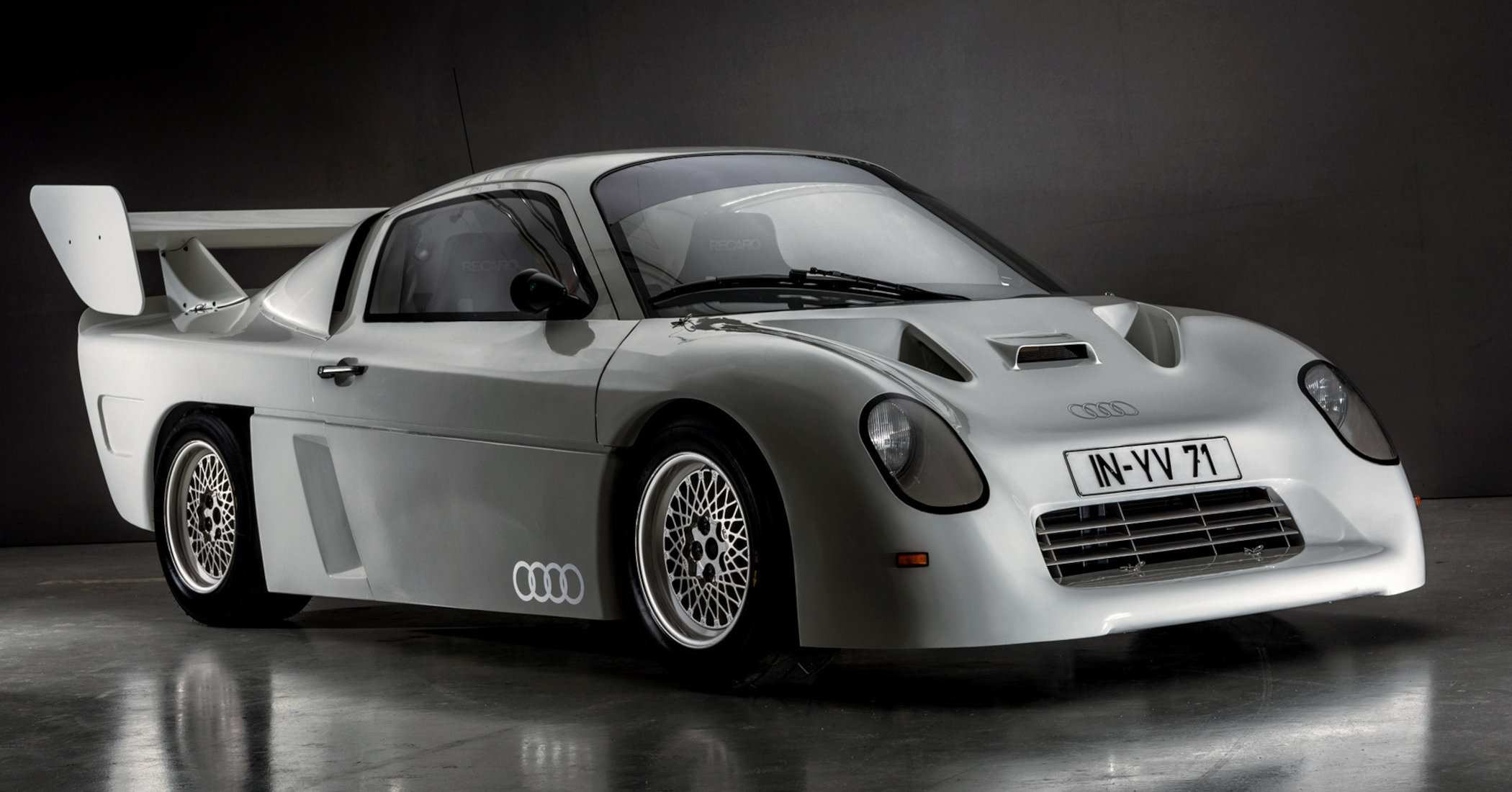
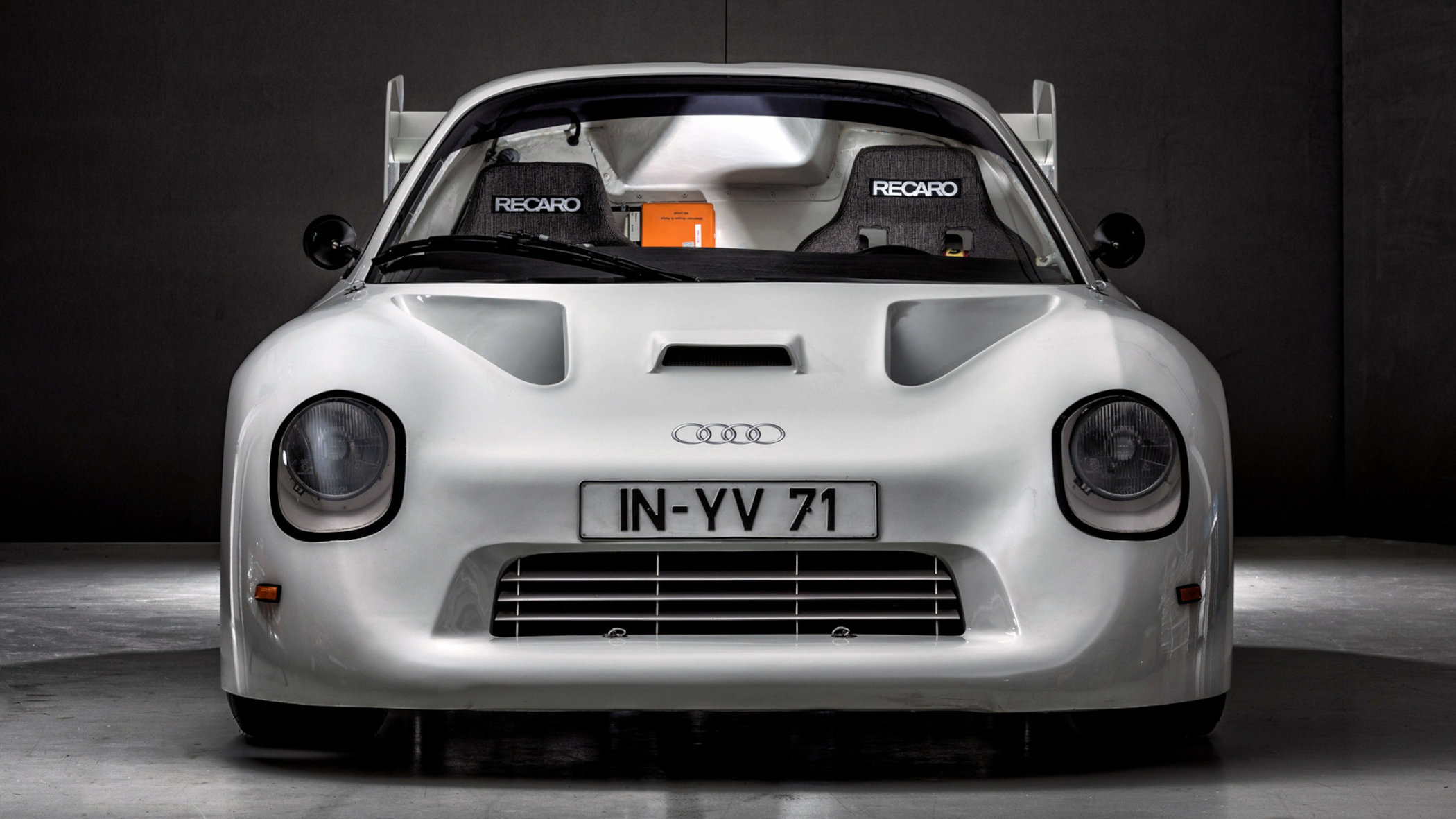
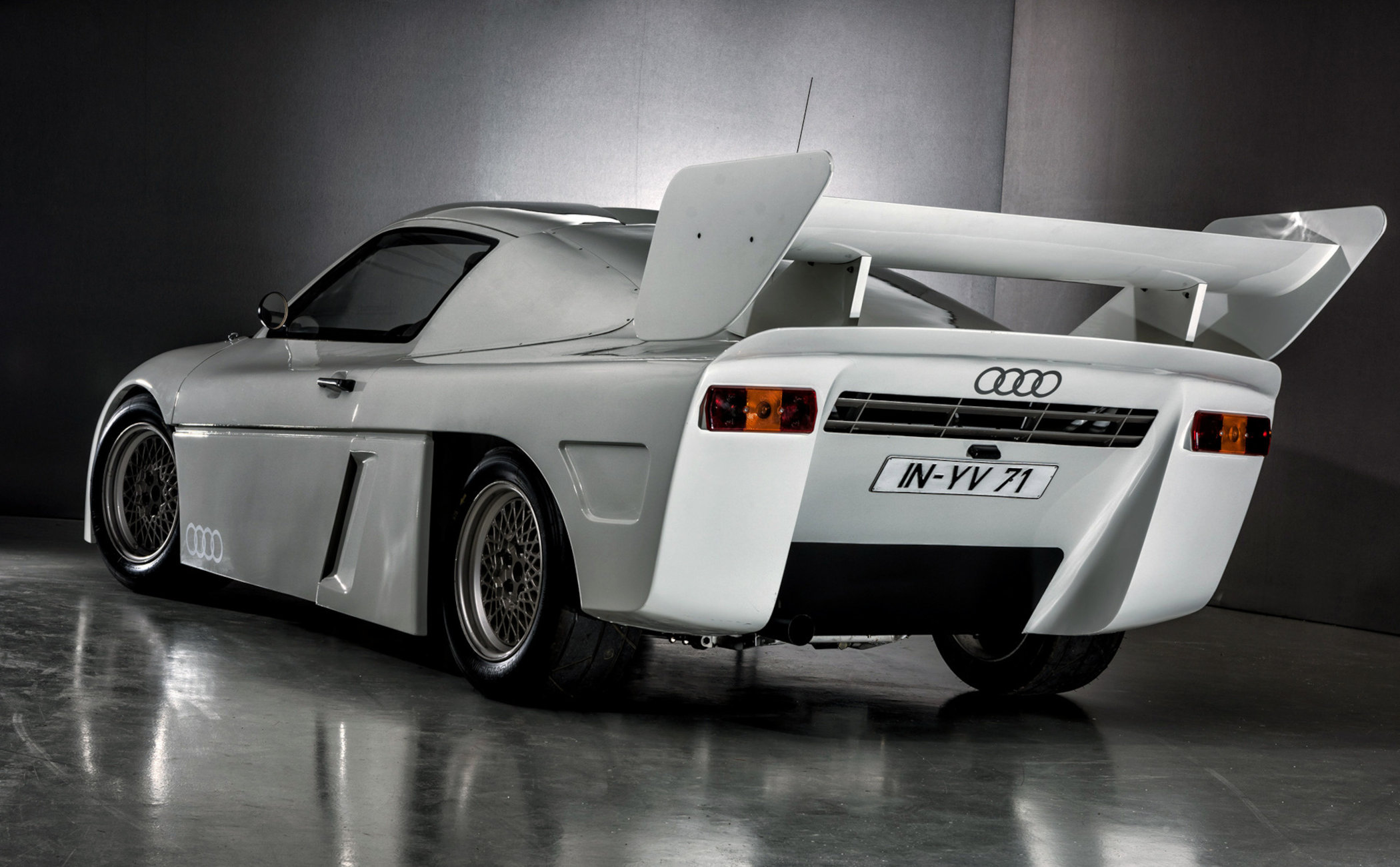
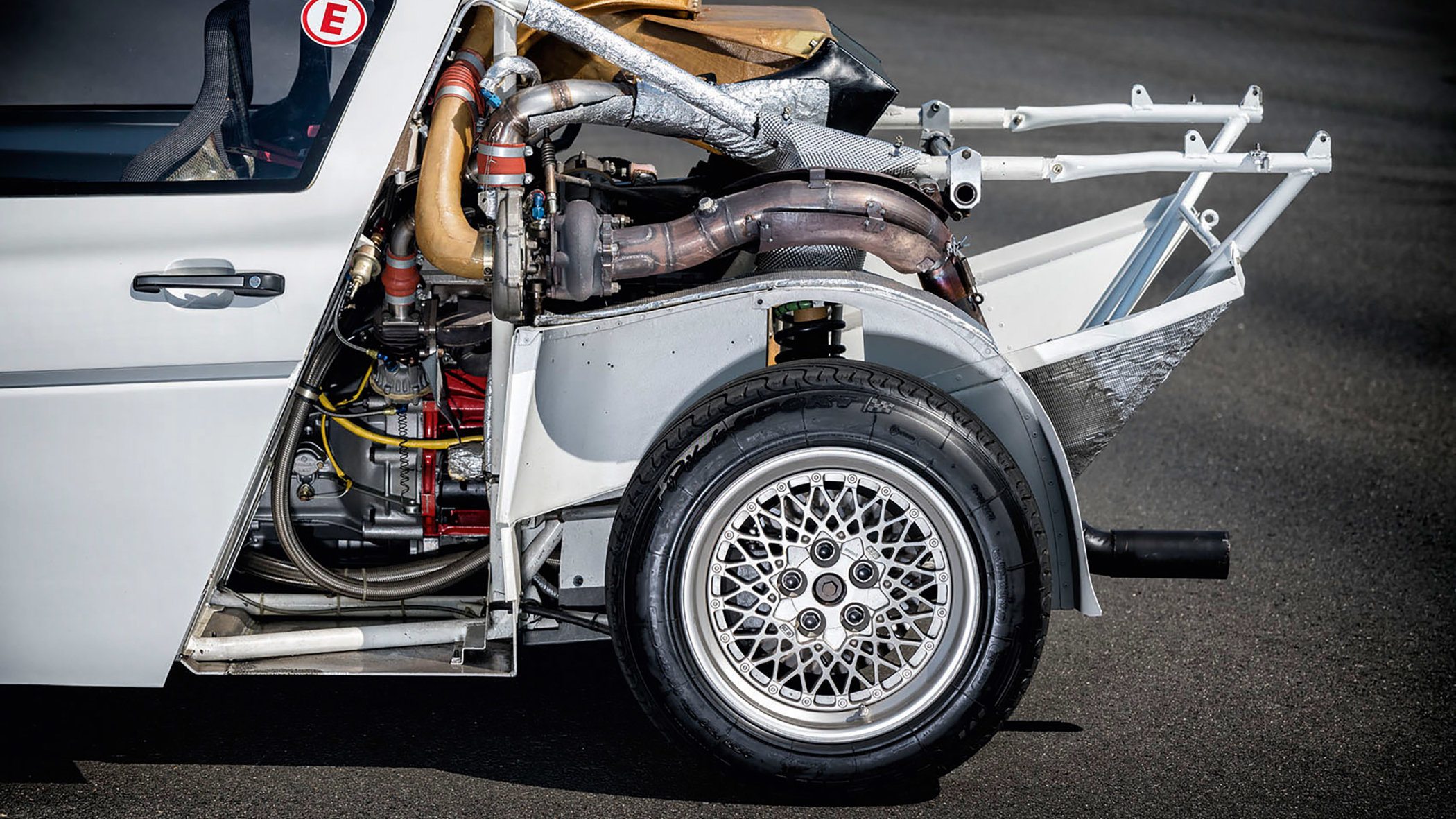
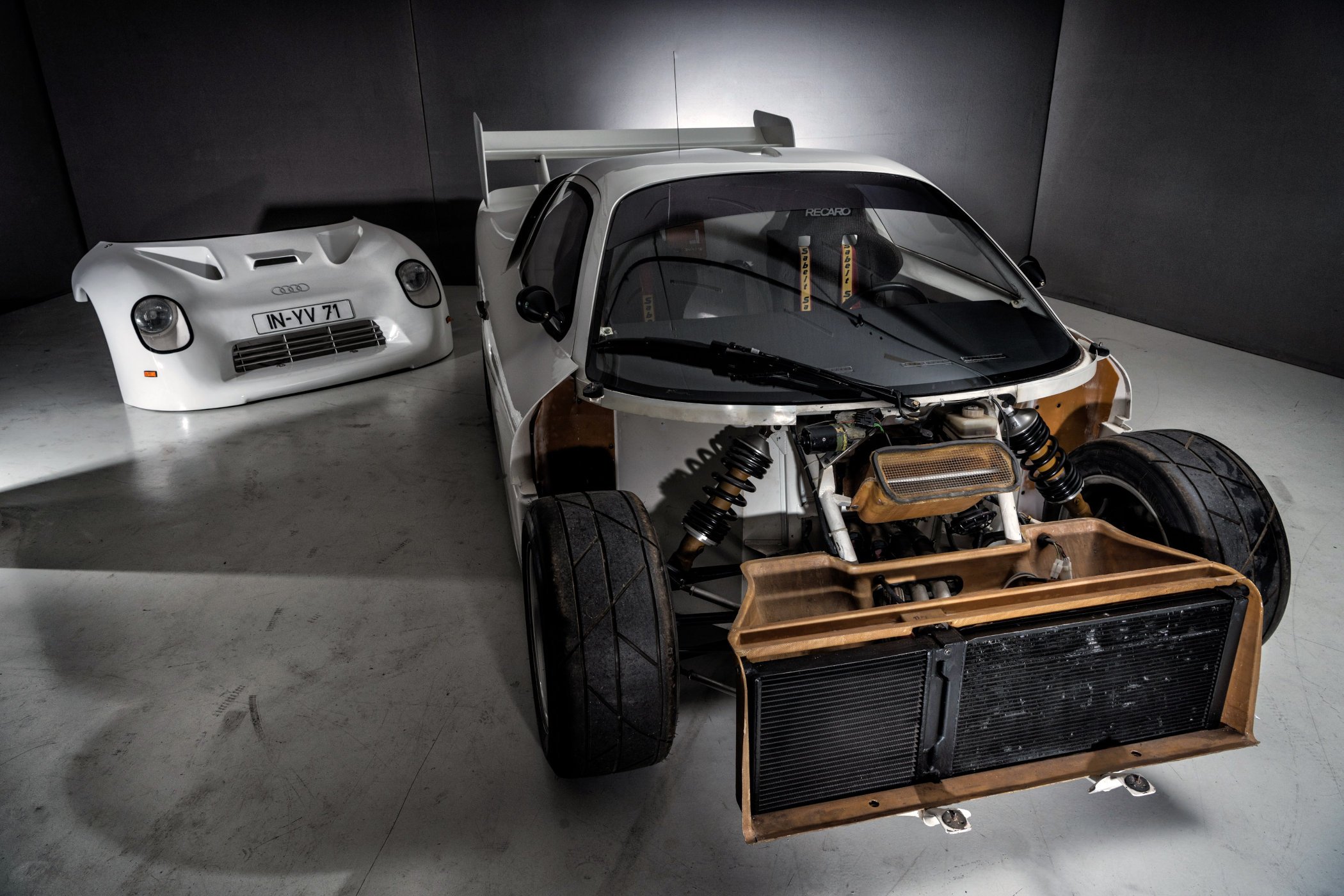



3 responses
Who said the 80s were boring? 🙂
One of my dad’s friends was a rally driver and often used to show up with an r5 turbo or a lancia delta, he was the envy of the neighborhood. Me? Well I had an audio quattro and a peugeot 205 as radio controlled cars!
The 80s were a golden age for motorsport. Watching the group B cars hammering through a forest would make the hairs stand up on the back of my neck. It was never the same again, I hardly watch ralling anymore. The same could be said of the fantastic Group C sports cars. At the same time in touring cars we had Sierra Cosworth rs500s against Rover SD1s both with there own strengths then that series changed to a unexciting formula with relatively low powered engines and overtaking mainly being achieved by nudging a car mid corner. Also F1 cars with way over 1000 hp
It wasn’t the cars that were the problem in the 80’s, it was the moronic crowds that lined the roads, just moving out of the way at the last minute. Especially the Portuguese, and Sardinian rallies.